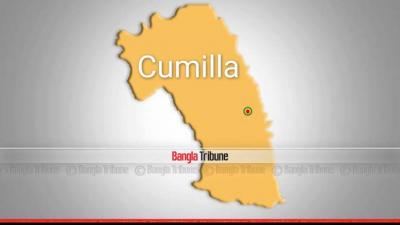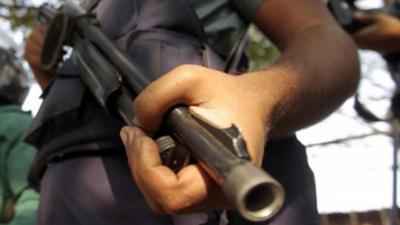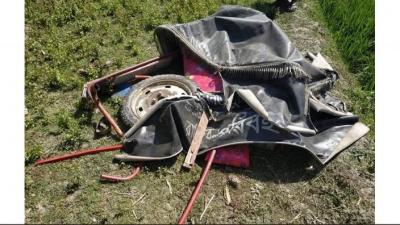 The weight of passenger ships on the Barishal-Dhaka route is usually between 3,000 to 4,000 tonnes and if such vessels sink then the weight increases.
The weight of passenger ships on the Barishal-Dhaka route is usually between 3,000 to 4,000 tonnes and if such vessels sink then the weight increases.
However, the Bangladesh Inland Water Transport Authority (BIWTA) does not have capacity to salvage such ships because rescue vessels of BIWTA have the capacity to raise ships that weigh 620 tonnes at the most.
The country has four salvage ships. Of these ‘Nirvhik’ and ‘Prottoy’ have the capacity to raise ships with a tonnage of 250 to 500. The others, ‘Hamza’ and ‘Rustom’ can rescue vessels weighing 120 tonnes, with (60 tonnes each.)
On Dec 14, MV Haji Mohammad Dudu Mia-1 a cargo ship which is 600 tonnes sank with 1,200 tonnes of clinker. ‘Nirvhik’ went to the spot but left after two days, unable to help.
General Manager of Dudu Mia Cargo Company, Ansar Ai, said: “The BIWTA does not have the means to raise sunken ships Chairman of BIWTA, commodore M Mahabubul Islam has given us time and we are trying to salvage these ships using alternate methods.” “We have signed an agreement with a private company in Chattogram. They will lift the clinker first and then float the cargo ship on the river,” he said.
“We have signed an agreement with a private company in Chattogram. They will lift the clinker first and then float the cargo ship on the river,” he said.
General secretary of Barishal district development council, Kamal Uddin, said: “If a big disaster strikes, there will be a rush to salvage ships.”
Joint director (salvage) of BIWTA, Fazlur Rahman, said: “To modernize the salvage section, two salvage vehicles, one with 2,000 tonne and the other with 1,500 tonne capacity will be purchased. For this, a primary survey is being done by Bangladesh University of Engineering and Technology (BUET).
The salvage ships, Hamza and Rustom, both with 60 tonne capacity were bought in 1964 and 1982 respectively and both are barely operable.
The 250 tonne Nirvhik and Prottoy were bought in 2014 at a cost of almost Tk 40 million. But due to technical difficulties, these ships cannot carry out salvage operation simultaneously.






